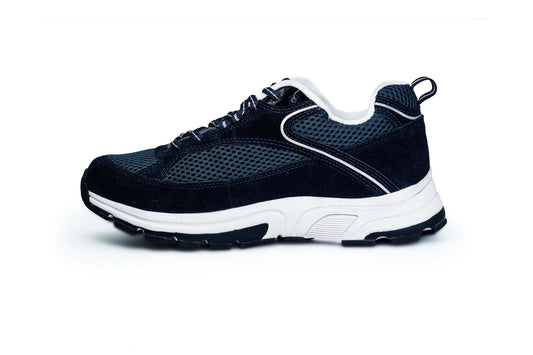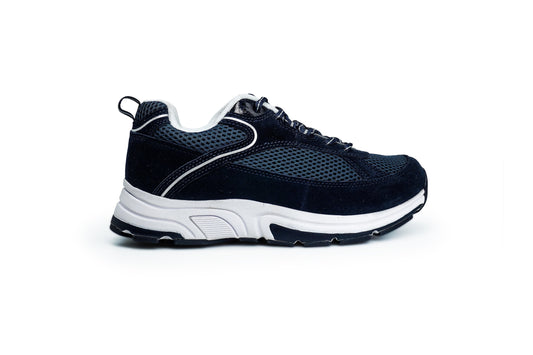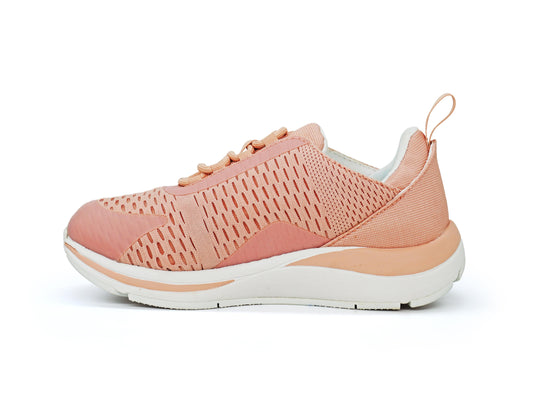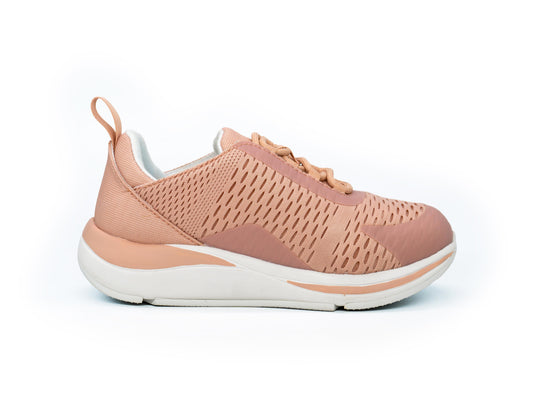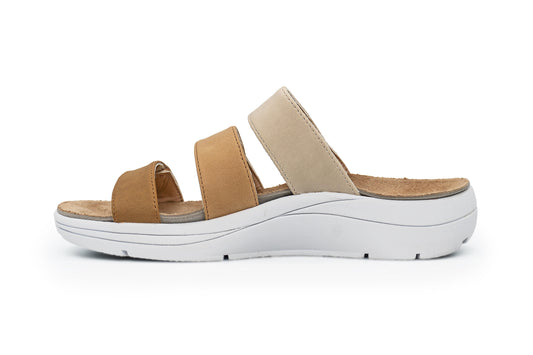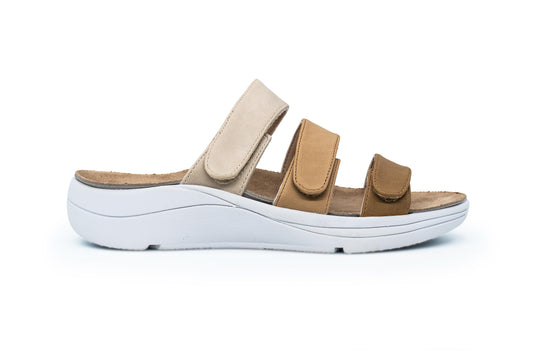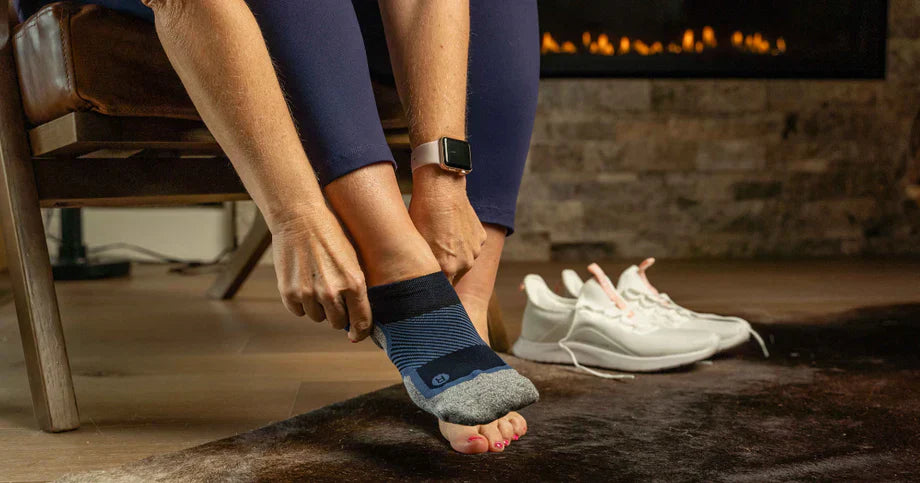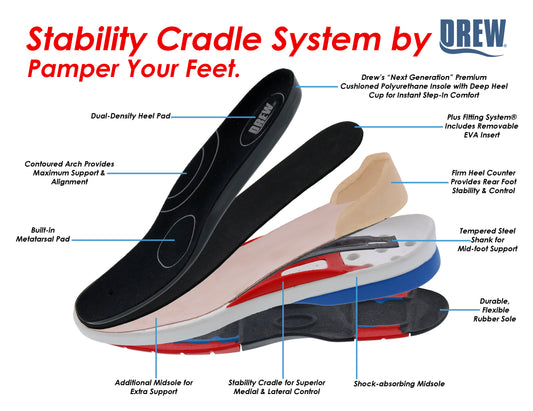DIABETIC SHOES VS DIABETIC SOCKS: DO YOU NEED BOTH?
Proper care of the foot helps to maintain the general condition of a diabetic. Diabetic neuropathy, which is a disorder affecting nerves in the feet, brings about a loss of sensation that, in turn, exposes diabetics to a greater number of foot injuries and infections. Poor circulation is also often present in diabetics, which slows healing times and contributes to skin breakdown and ulcers. Diabetes patients, however, manage all these risks by using specially designed footwear like diabetic shoes and diabetic socks. Do you really need both? In this article, we are going to delve into the difference between diabetic shoes and diabetic socks to establish whether one would be sufficient.
What are diabetic shoes?
Diabetic shoes are specifically designed shoes which would help patients who have diabetes and give some additional protection. Diabetic shoes are actually intended to minimize the danger of injuries that might occur due to injuries, preventing ulcers and decreasing pressure points.
There are many features through which the shoes are prepared that differentiate them from regular ones:
They are often deeper and wider compared to regular shoes, which allows more space for better circulation and fit. This extra room ensures that the toes are not subjected to pressure, thereby lessening the possibility of friction that could cause blisters or sores.
Seamless construction: Most diabetic shoes are made without interior seams or stitching, hence less chance of irritation and rubbing on sensitive feet.
Cushioning and Shock Absorption: Diabetic shoes can also contain cushioned, shock-absorbing insoles that help equalize the force put on the feet. For people who feel numb in the feet due to diabetic neuropathy, shock-absorbing shoes are important features since they can prevent further development of soreness and ulcers in the feet.
Many diabetic shoes include removable insoles. This will help the patient to add his custom orthotics, if necessary. Insoles that are custom help to give the needed support and cushioning of the specific foot structure.
Breathable materials: Diabetic shoes usually use breathable materials such as mesh or leather to increase airflow so that the moisture will not be able to build up inside and could cause infections due to fungi or irritation.
What are diabetic socks?
Diabetic socks are specially designed to protect the feet and improve circulation in a diabetic. Although they do not offer the structural support that diabetic shoes provide, they offer several important benefits:
Seamless Construction: Since diabetic shoes are usually built without seams, diabetic socks also follow this trend due to reduced friction and prevent rubbing that can cause irritation and lead to blisters and calluses or sores. They are important for those who also suffer from neuropathy or are unable to feel injuries and how they develop.
Non-Binding Tops: Diabetic socks come with non-binding tops that do not constrict the legs. Constricting socks can cause hindrances in blood flow and worsen circulation, which is problematic for diabetes patients. The loose fit at the ankle helps maintain proper blood circulation to the feet and legs.
They hold moisture-wicking properties, often due to the use of materials such as cotton or synthetic fibers, which may also be bamboo fibers, in order to draw dampness away from the body as part of diabetic socks. The skin may get irritated and infected further with wet socks, therefore this needs to be kept absolutely dry to heal.
Cushioning and Padding: Some diabetic socks have cushioning or padding, mainly in the heel and toe area, to provide comfort and reduce friction-related injuries. They can protect the feet from rubbing against bumps inside shoes.
Antimicrobial Protection: Diabetic socks often have antimicrobial treatments that prevent bacteria and fungi growth, hence infections. This is more so useful to those people who might not feel the presence of infection because of neuropathy.
Do you need both?
In most cases, wearing both diabetic shoes and diabetic socks together is ideal for comprehensive foot protection. Here's why:
Protection and Comfort: The shoes are for structural support and protection against external injury. They are also important to have because they allow the person to absorb shocks and reduce foot damage caused by diabetic diseases. The diabetic socks facilitate moisture control, prevent friction, and ensure that there is improved circulation. These are offered together as a layered approach for foot care, protecting from external factors and inner factors.
Improved Circulation and Reduced Pressure: The diabetic shoes help reduce the pressure on the feet along with proper alignment, so the diabetic socks ensure no constriction of blood around the legs and ankles, which is beneficial for persons with poor circulation or neuropathy.
Reduced Infection Risk: It prevents diabetic shoes from an external injury, while Diabetic socks prevent infections caused by friction and keep your feet dry. Both would result in a lower potential risk of developing foot ulcers or fungal infections since they are some of the prevalent complications among diabetics.
Take the Next Step Towards Comfort and Care
Discover the perfect balance of support, style, and expert guidance for your feet. Explore our collection of orthopedic and diabetic shoes designed to keep you moving with ease.
Start your journey to happy, healthy feet today!
Visit us at DiabeticShoe for more tips, insights, and footwear solutions.
Stay Connected:
Follow us on Pinterest, Facebook, Instagram, YouTube, LinkedIn, Twitter, and Quora for updates, advice, and more informative content.

